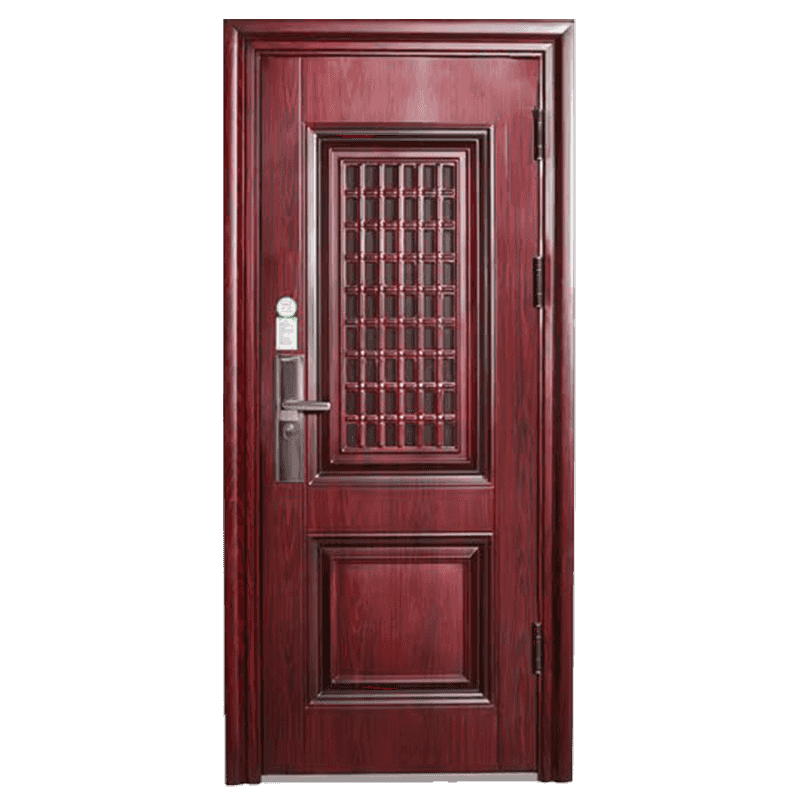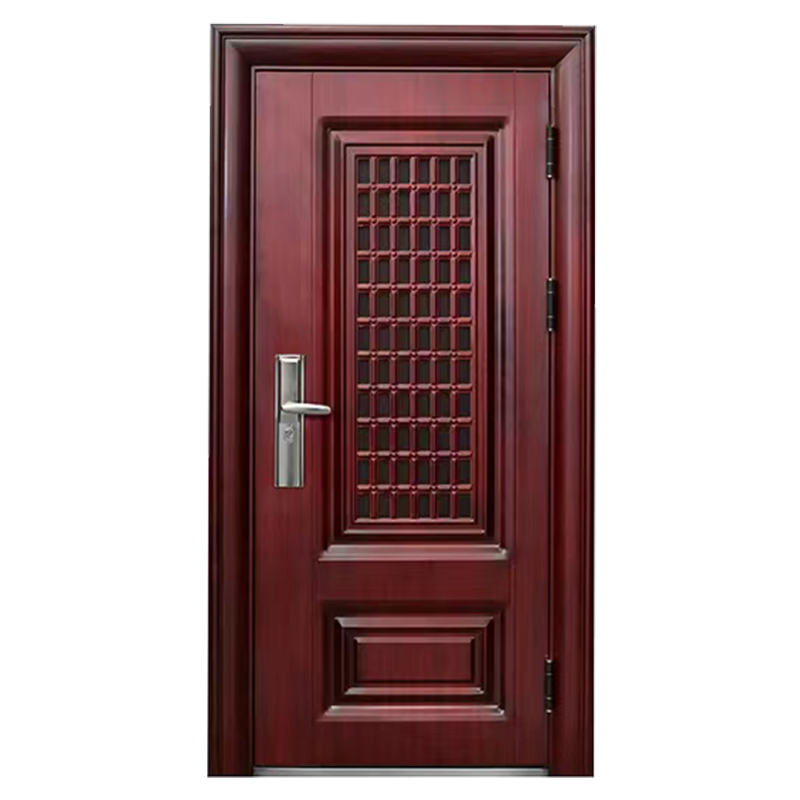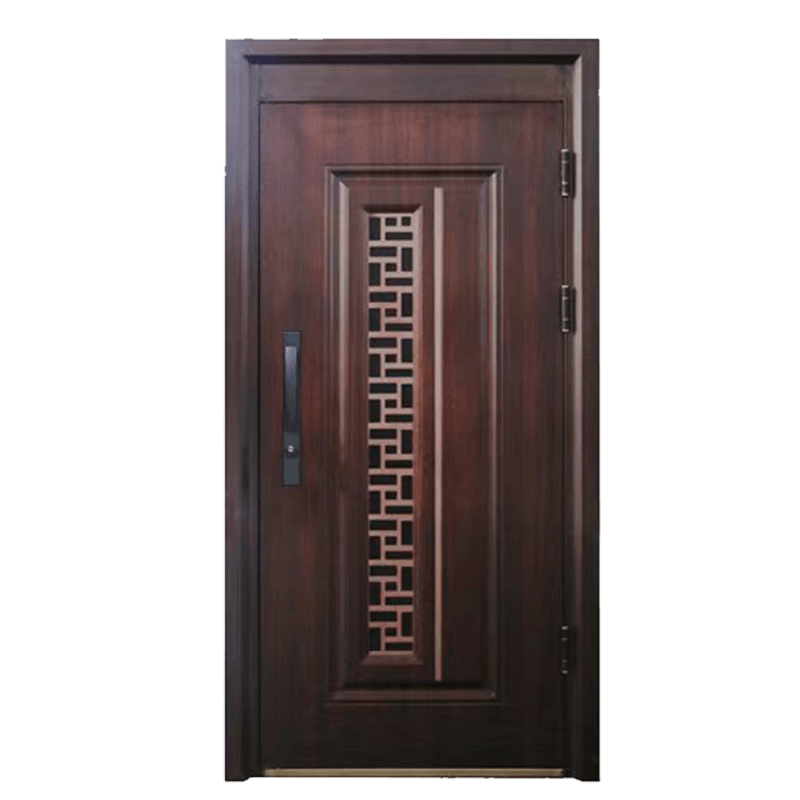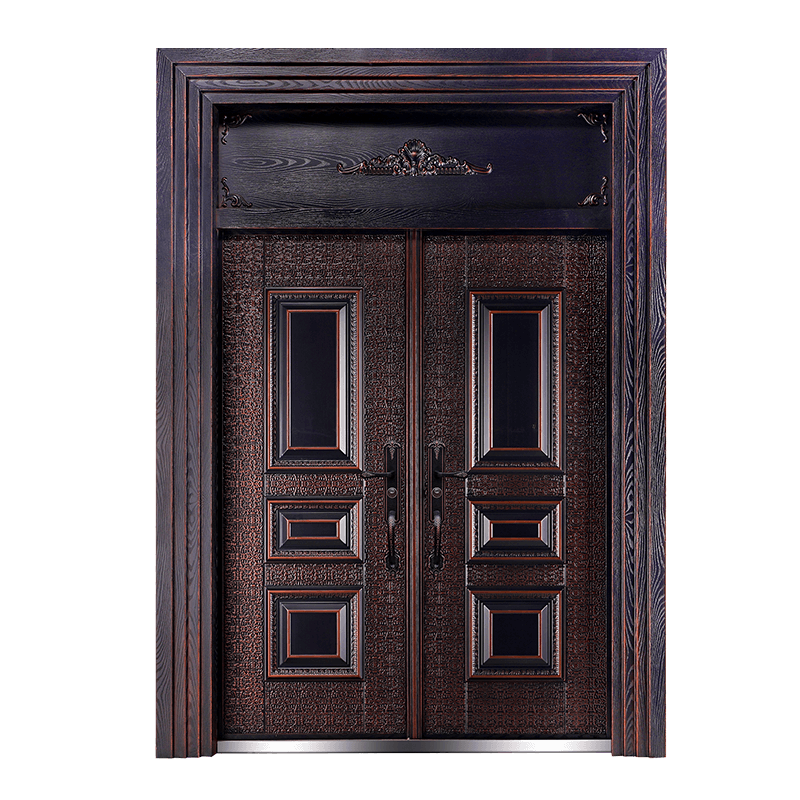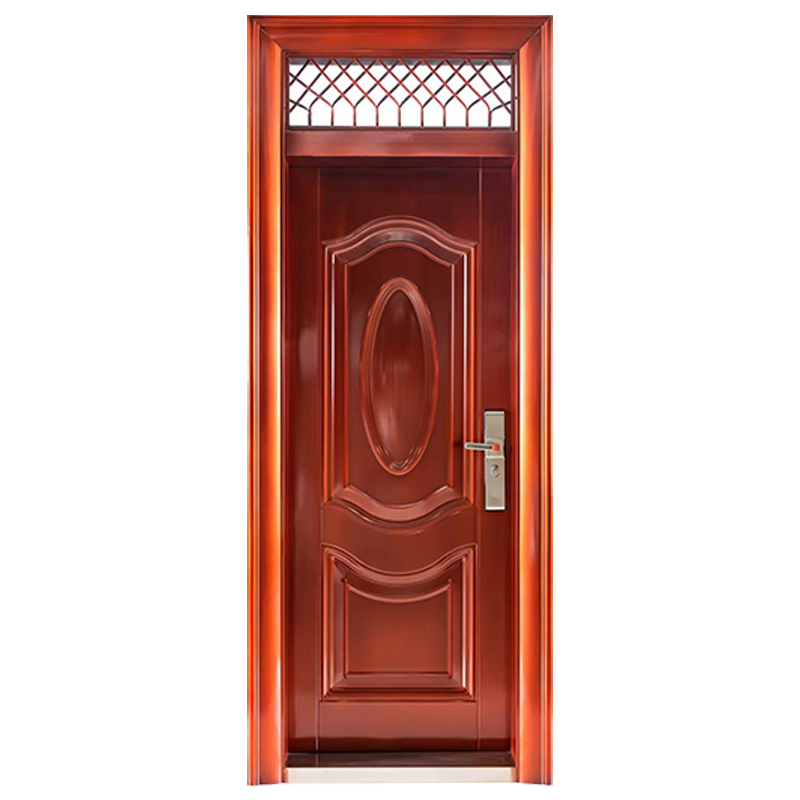Web Menu
Product Search
Exit Menu
An In-Depth Analysis of The Impermeability of Kitchen and Bathroom Steel Doors
Apr 11, 2025
High Quality OEM Kitchen And Bathroom Steel Door Company
In the context of modern home construction, the kitchen and bathroom steel door has emerged as a preferred choice for homeowners seeking a balance between aesthetics and functionality. These doors not only offer a sleek and contemporary look but also provide a robust barrier against the elements, particularly moisture and steam, which are prevalent in these areas. The sealing properties of kitchen and bathroom steel doors are a critical aspect that determines their suitability for these high-humidity environments. This article aims to scrutinize the sealing characteristics of kitchen and bathroom steel doors, examining their efficacy in preventing water and steam infiltration.

The sealing performance of kitchen and bathroom steel doors is a multifaceted attribute that encompasses various elements, including the materials used, the design of the doorframe, the type of seals employed, and the overall construction quality. High-quality steel doors are often made from corrosion-resistant materials such as stainless steel, which is less susceptible to rust and other forms of degradation that can compromise the door's sealing capabilities. Moreover, the welding techniques used in the fabrication process play a significant role in ensuring that there are no gaps or weak points that could allow water to penetrate.
One of the critical components in determining the sealing effectiveness of kitchen and bathroom steel doors is the type of seals used. Rubber or silicone seals are commonly employed due to their flexibility and resilience, which allows them to maintain a tight seal even when the door is subjected to regular use. These seals are designed to compress against the doorframe when the door is closed, creating a barrier that prevents water and steam from escaping into the rest of the home. The durability of these seals is also an important consideration, as they must withstand the test of time and the corrosive effects of constant exposure to moisture.
In addition to the materials and seals, the design of the kitchen and bathroom steel doors themselves contributes to their sealing properties. Doors with a frame that extends to the floor, for example, can provide a more effective barrier against water leakage than those with a gap at the bottom. Similarly, the presence of a weatherstrip or similar component can further enhance the door's sealing capabilities by filling any small gaps that might otherwise allow water to seep through.
The installation process also plays a crucial role in the sealing performance of kitchen and bathroom steel doors. Proper installation ensures that the door is aligned correctly with the frame and that all seals are in place and undamaged. Any misalignment or gaps in the installation can compromise the door's sealing properties, allowing water to penetrate and potentially causing damage to the surrounding areas.
Maintenance is another factor that can affect the sealing performance of kitchen and bathroom steel doors over time. Regular cleaning and inspection can help to identify and address any issues with the seals or the door's overall condition before they become serious problems. This proactive approach can help to extend the life of the seals and maintain the door's sealing capabilities, ensuring that the kitchen and bathroom remain protected from water damage.
In conclusion, the sealing performance of kitchen and bathroom steel doors is a complex interplay of materials, design, installation, and maintenance. By selecting doors made from corrosion-resistant materials, employing high-quality seals, and ensuring proper installation and regular maintenance, homeowners can enjoy the benefits of a watertight barrier that protects their homes from the damaging effects of moisture. The sealing properties of kitchen and bathroom steel doors are not only a testament to their durability but also a reflection of their adaptability to the unique challenges posed by these high-humidity environments.
Related Products

 No. 1266, Huajie West Avenue, Yongkang City, Zhejiang Province, China
No. 1266, Huajie West Avenue, Yongkang City, Zhejiang Province, China ycj900212@126.com
ycj900212@126.com +86-13626793298
+86-13626793298 chenmagongmao@126.com
chenmagongmao@126.com
 English
English 中文简体
中文简体 Français
Français Español
Español عربى
عربى